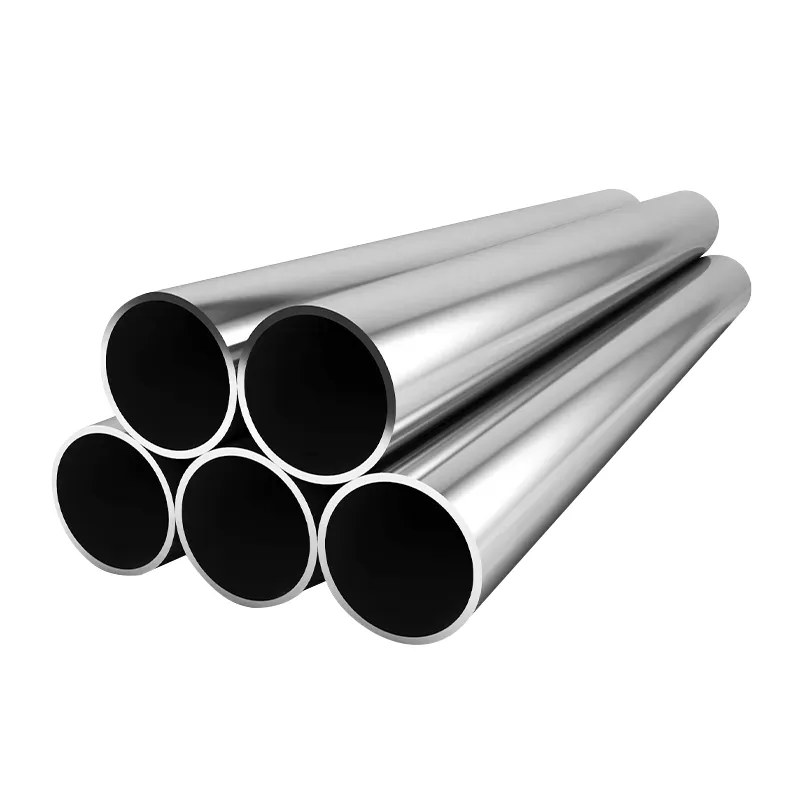
High-Strength Structural Steel Tubes An Overview
In the realm of construction and engineering, the demand for advanced materials that can withstand various stresses and environmental challenges has led to the development of high-strength structural steel tubes. These tubes are not only remarkable for their strength and durability but also for their versatility and efficiency in building structures that require both resilience and lightweight characteristics.
What are High-Strength Structural Steel Tubes?
High-strength structural steel tubes are cylindrical steel sections typically made from high-strength steel alloys. These tubes are engineered to provide exceptional strength-to-weight ratios, allowing for the construction of smaller, lighter frameworks that do not compromise safety or performance. They are fabricated through various welding and forming techniques that ensure uniformity and structural integrity.
Applications of High-Strength Structural Steel Tubes
These steel tubes find applications across a multitude of industries. In the construction sector, they are predominantly used in structural frameworks for buildings, bridges, and towers. Their lightweight nature reduces the overall weight of the structure, which in turn lowers the foundations' load requirements and can lead to significant cost savings.
Moreover, high-strength tubes are extensively used in the automotive industry. Their ability to absorb impact energy while maintaining structural integrity makes them ideal for vehicle frames. In the energy sector, these tubes play a crucial role in the design of wind turbines, oil rigs, and other equipment subjected to harsh environmental conditions.
1. Enhanced Strength The primary advantage of high-strength structural steel tubes is their enhanced strength. With improved tensile and yield strength compared to conventional steel, these tubes can bear greater loads and resist deformation under stress, leading to safer structural designs.

2. Weight Efficiency The high strength of these steel tubes means that less material is required for the same structural support, resulting in lighter structures. This is particularly advantageous in skyscraper construction and large bridges, where material weight can significantly influence design and cost.
3. Corrosion Resistance Many high-strength steel tubes are coated or treated to resist corrosion, making them suitable for outdoor applications and environments with high humidity or exposure to chemicals. This durability extends the service life of structures and reduces maintenance costs.
4. Design Flexibility The versatility of high-strength structural steel tubes enables architects and engineers to push the boundaries of design. Curved and complex shapes can be achieved without compromising the structural integrity, allowing for innovative and aesthetically pleasing designs.
5. Environmental Considerations The use of high-strength steel reduces material consumption and waste during construction, aligning with modern sustainability goals. In addition, these tubes can be recycled at the end of their life cycle, making them an environmentally friendly option.
Challenges and Considerations
While high-strength structural steel tubes offer numerous advantages, there are also challenges to consider. The manufacturing process can be more complex and costly than that of standard steel. Additionally, the welding and joining methods must be carefully selected to maintain the material's strength properties. Engineers must also ensure that the material specifications meet the requirements for the specific conditions of use.
Conclusion
High-strength structural steel tubes represent a significant advancement in material science, offering solutions that meet the rigorous demands of modern engineering and construction. As industries continue to focus on efficiency, sustainability, and innovation, these tubes will undoubtedly play a pivotal role in shaping the infrastructure of tomorrow. Whether in the construction of towering skyscrapers or the development of robust vehicles, the importance of high-strength structural steel cannot be overstated. It stands as a testament to the potential of engineering to create safer, more efficient, and progressive solutions for modern society.